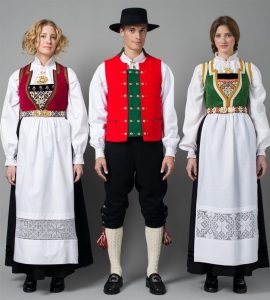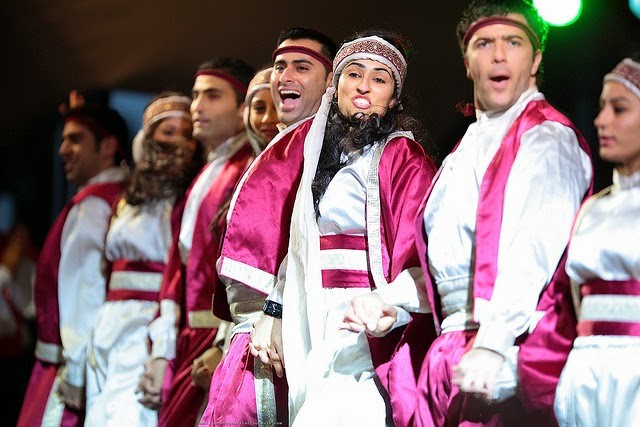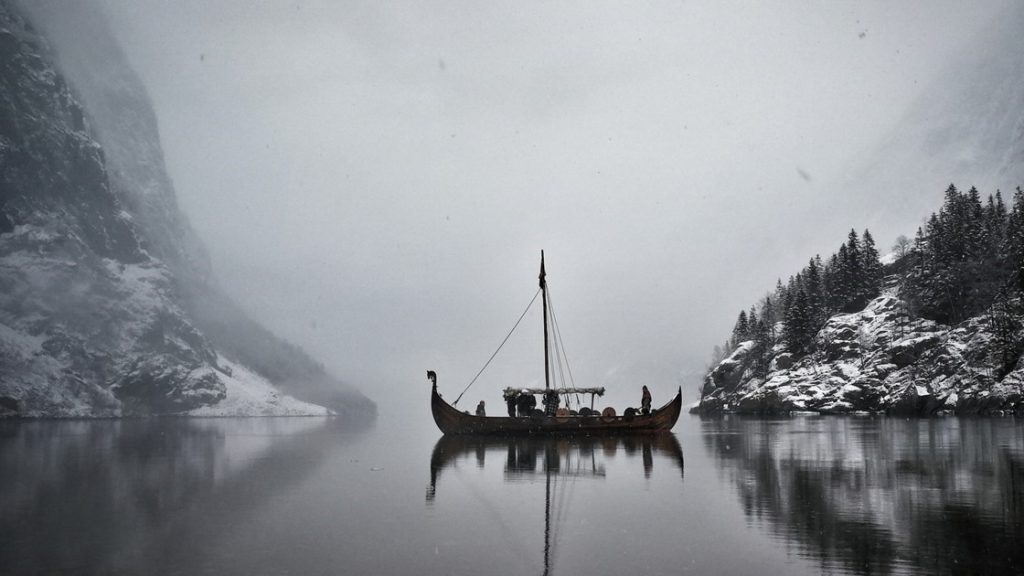Norway is a country with a diverse culture and varying dress codes depending on the occasion and region. The dress code of Norway is influenced by the country’s climate, geography, and history, and it has evolved over time to reflect contemporary fashion trends. Traditionally, Norwegians have had a strong connection with nature, and this is reflected in their dress code. For instance, during the winter season, it is common to wear woolen clothes, such as sweaters, jackets, and mittens, to keep warm. Additionally, Norwegians often wear boots with non-slip soles to navigate the snowy and icy terrain (Karlsson, 2017).
In formal settings, Norwegians tend to dress conservatively. Men often wear suits and ties, while women wear formal dresses or skirt suits. However, there is no strict dress code for formal events, and people are allowed to express their individual style. It is important to note that Norwegians value modesty, and it is not acceptable to wear revealing or provocative clothes in formal settings (Karlsson, 2017).

In informal settings, Norwegians dress casually. This includes wearing jeans, t-shirts, sneakers, and other comfortable clothing. It is common to see people wearing sportswear, especially during outdoor activities such as hiking or skiing (Karlsson, 2017).
Norwegians also have traditional costumes known as bunad. The bunad is a national symbol that is worn during special occasions such as weddings, national holidays, and other festive events. The design of the bunad varies depending on the region and can include intricate embroidery, patterns, and colors. It is important to note that the bunad is not a costume but a traditional dress with deep cultural significance (Bunad Magazine, 2021).
In conclusion, the dress code of Norway varies depending on the occasion and region. Norwegians tend to dress conservatively in formal settings and casually in informal settings. Additionally, the bunad is a traditional costume with deep cultural significance that is worn during special occasions. It is important to respect Norwegian culture and dress appropriately for the occasion.
References:
History of Norway. (n.d.). Retrieved from https://www.visitnorway.com/about/history/
History of Norway. (2022, February 17). In Wikipedia. https://en.wikipedia.org/wiki/History_of_Norway
CIA. (2022). Norway. In CIA World Factbook. Retrieved February 27, 2023, from https://www.cia.gov/the-world-factbook/countries/norway/
Norway – Climate. (2021). In Encyclopedia Britannica. Retrieved from https://www.britannica.com/place/Norway/Climate
Norway – Climate. (2021). In CIA World Factbook. Retrieved from https://www.cia.gov/the-world-factbook/countries/norway/#geography
Bjerkan, L. (2017). Languages in Norway: An introduction. Nordic Journal of Linguistics, 40(3), 219-223. doi: 10.1017/S0332586517000187
Gussgard, M. (2018). Minority languages and language policy in Norway. In M. Beacco, M. Byram, & M. Cavalli (Eds.), Languages in a global world: Learning for better cultural understanding (pp. 91-101). Springer. doi: 10.1007/978-3-319-67843-0_8
Huss, L. (2018). Sami in Norway: Language policies and language revitalization. In P. T. Daniels & S. T. Saenz (Eds.), The world’s minority languages (pp. 361-375). Routledge.
Transparency International. (2021). Corruption Perceptions Index 2020. Retrieved from https://www.transparency.org/en/cpi/2020/index/nor.
Norwegian Centre for International Cooperation in Education. (2021). Study in Norway. Retrieved from https://www.studyinnorway.no/
Study in Norway. (2021). Why Norway? Retrieved from https://www.studyinnorway.no/Why-Norway
UNESCO. (n.d.). West Norwegian Fjords – Geirangerfjord and Nærøyfjord. Retrieved from https://whc.unesco.org/en/list/1195/
Visit Norway. (2022). The Norwegian Fjords. Retrieved from https://www.visitnorway.com/things-to-do/nature-attractions/norwegian-fjords/
Visit Norway. (2022). Northern Lights. Retrieved from https://www.visitnorway.com/things-to-do/nature-attractions/northern-lights/
Visit Oslo. (n.d.). Viking Ship Museum. Retrieved from https://www.visitoslo.com/en/product/?TLp=181032
Visit Oslo. (n.d.). Holmenkollen Ski Museum and Tower. Retrieved from https://www.visitoslo.com/en/product/?TLp=181109
Dahl, L. (2016). A taste of Norway: Norwegian cuisine and culinary traditions. Journal of Food and Culture, 19(2), 163-177. doi: 10.1080/15528014.2016.1163002
Haugen, E. (2016). The Nordic cookbook. London, UK: Phaidon Press.
Langeland, N., & Boberg, T. (2021). Norwegian food and cooking: Traditions, ingredients, and styles. New York, NY: Skyhorse Publishing.
Sjøthun, B. (2019). Fårikål – Norway’s national dish. Retrieved from https://www.visitnorway.com/places-to-go/eastern-norway/oslo/things-to-do/f%C3%A5rik%C3%A5l-norways-national-dish/
Gjengedal, J. (2017). The Norwegian Syttende Mai Celebration in Minnesota. Norwegian-American Historical Association, 35(1), 53-73. https://doi.org/10.1353/nah.2017.0003
Magne, M. (2012). Celebrating St. Olav’s Day in Norway. Lutheran Quarterly, 26(4), 445-452.
Nerhus, T. (2015). “Sankth
Bunad Magazine. (2021). The Norwegian Bunad. Retrieved from https://bunadmagazine.com/the-norwegian-bunad/
Karlsson, T. (2017). What to Wear in Norway: Dress Code Tips for All Occasions. Culture Trip. Retrieved from https://theculturetrip.com/europe/norway/articles/what-to-wear-in-norway-dress-code-tips-for-all-occasions/




